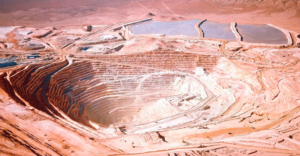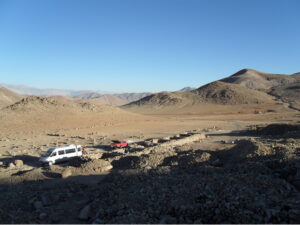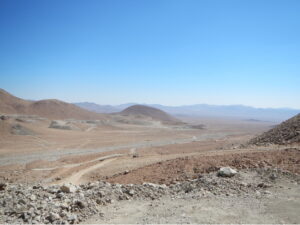
- Tanzania | 28 May 2018

What is the current focus of TANESCO’s restructuring process?
The restructuring of Tanzania Electrical Supply Company (TANESCO) is an ongoing process carried out in two phases. In the first phase, known as TANESCO Internal Reforms, we are concentrating on four key areas. Our focus is on improving operational performance, enhancing business growth, providing better customer service, and optimizing the effectiveness of our human resources. To improve organizational performance, we are implementing changes in procurement by creating specialized sections within the procurement pool. These sections will handle different aspects such as generation and transmission procurements, distribution procurements, general procurements, and procurement of major projects and consultancies. We are also decentralizing procurement to regional zones, while the head office will handle high-cost or specialized procurements. Additionally, we aim to decentralize the business by giving each region its own balance sheet and profit and loss account, turning them into profit centers. Investing in ICT infrastructure is also part of our strategy to support the business. Ultimately, our primary goal is to enhance revenues, customer service, stakeholder and customer relations, and improve TANESCO’s public image. Following this, the second phase involves sector-wide reforms led by the government, which naturally includes TANESCO as it represents around 80% of the sector. Reforming the sector necessitates reforming TANESCO as well.
What role will the private sector have to play for Tanzania to meet its energy demands?
The private sector’s involvement in the energy sector is crucial for meeting Tanzania’s energy demands because neither the government nor TANESCO possess sufficient capital to undertake all the necessary investments. Private-sector participation brings in the capital, technology, fresh ideas, and new experiences required for progress. We have already witnessed significant interest from the private sector, including Chinese companies like CPI and Poly Group involved in Kinyerezi III and Kinyerezi IV as part of a public-private partnership (PPP). We also have a PPP arrangement with Symbion Power, a US company. Additionally, we have independent power producer (IPP) arrangements with two Tanzanian companies, Kilwa Energy and Kamal Steel. These companies are already demonstrating their interest in operating in Tanzania, and as we move forward, we anticipate more companies expressing their willingness to collaborate with us.
What will Tanzania’s natural gas discoveries mean for the country’s power generation?
Currently, our primary focus is to increase power generation from natural gas. By the end of 2015, we aim to reach a total capacity of 3,000 MW, predominantly relying on natural gas. In the long run, we intend to diversify our generation mix; however, at present, our priority is to quickly ramp up natural gas power generation to reduce costs. We have idle gas reserves that remain untapped due to the lack of a market. As we expand power generation and construct the Mtwara pipeline, we plan to utilize the idle gas resources in Mtwara. Additionally, we are conducting significant deep-sea exploration and drilling to tap into gas reserves intended for liquefied natural gas (LNG) production. It’s important to note that the amount of natural gas allocated for power generation is relatively small compared to the overall gas discoveries.














